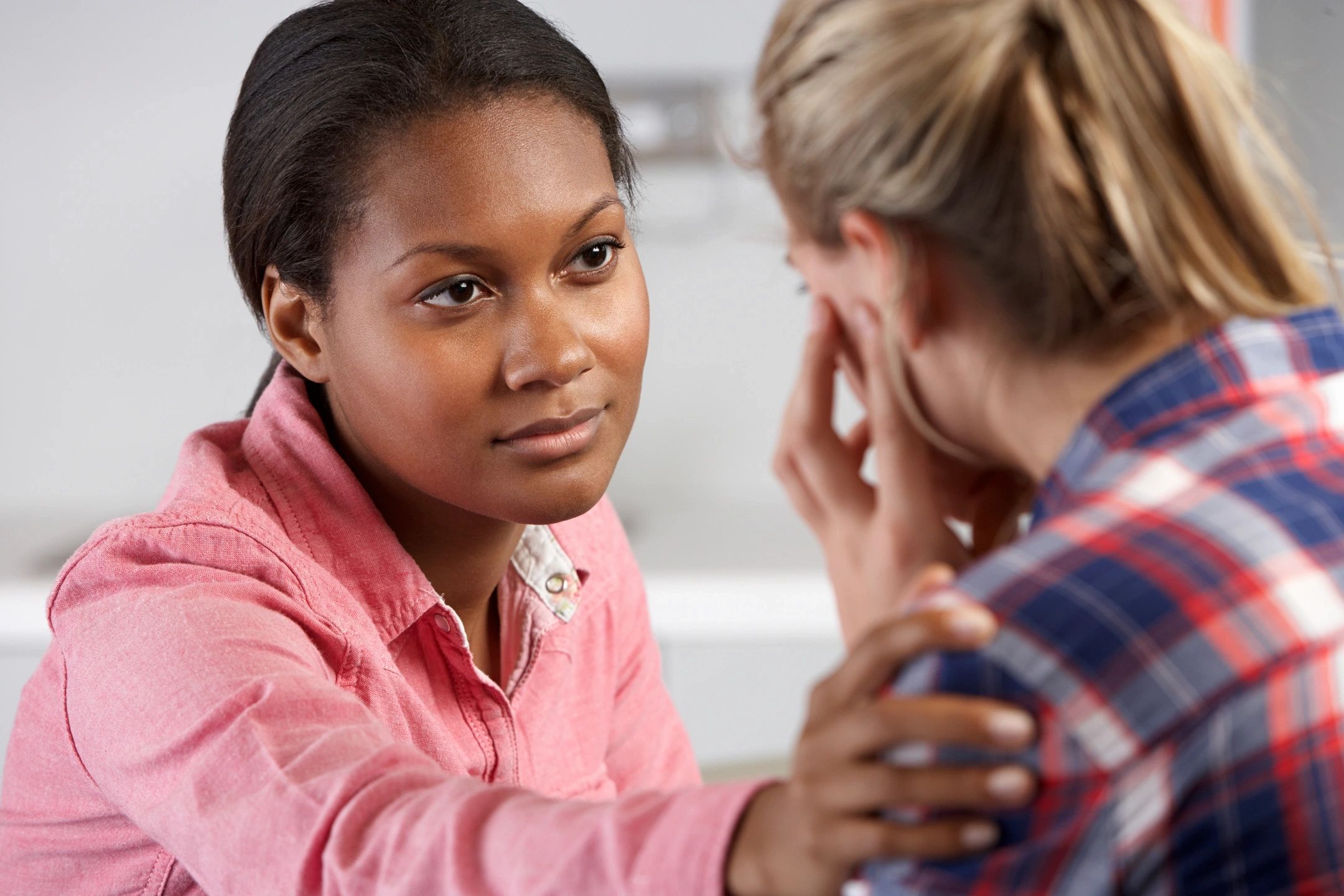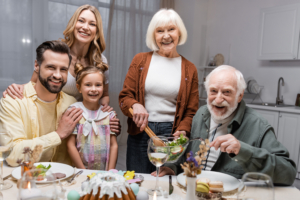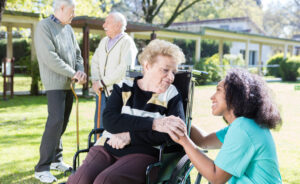April is Sexual Assault Awareness Month. A time when we all come together to talk about a topic that is unfortunately still taboo for many people. This year let’s make sure to include older adults in the conversation. Older adults are at a high risk for sexual assault, and many of them suffer in silence. Too often, they feel like they can’t talk about it because they’re afraid they’ll be judged or that their experiences won’t be taken seriously. But we need to talk about this. We need to open up the dialogue and start working towards solutions. So please, join us in raising awareness for sexual assault among older adults as well. Together, we can make a difference.
Statistics on sexual assault in the United States. The incidence has been on the rise since the pandemic where people were in close quarters unable to leave, and the use of drugs and alcohol has increased.
According to the CDC:
Women
- Nearly 1 in 5 women have experienced completed or attempted rape during their lifetime.
- 1 in 3 female rape victims experienced it for the first time between 11-17 years old.
- 1 in 8 female rape victims reported that it occurred before age 10.
Men
- Nearly 1 in 38 men have experienced completed or attempted rape during their lifetime.
- About 1 in 4 male rape victims experienced it for the first time between 11-17 years old.
- About 1 in 4 male rape victims reported that it occurred before age 10.
Children
- About 90% of children who are victims of sexual abuse know their abuser.12,13 Only 10% of sexually abused children are abused by a stranger.12
- Approximately 30% of children who are sexually abused are abused by family members.12,13
- The younger the victim, the more likely it is that the abuser is a family member. Of those molesting a child under six, 50% were family members. Family members also accounted for 23% of those abusing children ages 12 to 17.9
- About 60% of children who are sexually abused are abused by people the family trusts.12,13
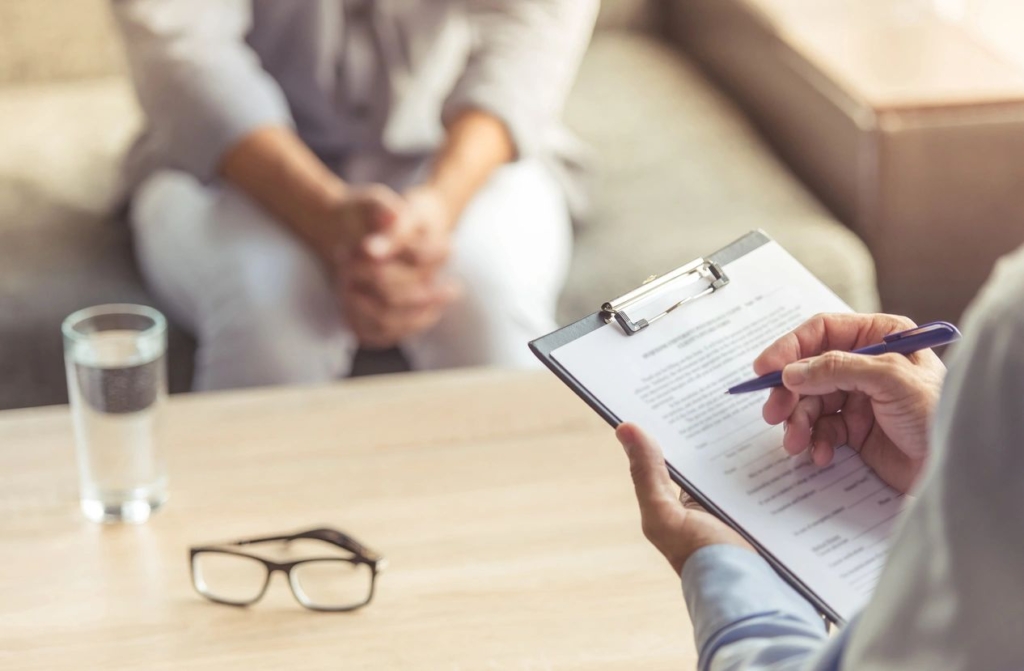
- What is sexual assault and why should we be aware of it?
Sexual violence/assault is a form of prohibited sexual harassment. Sexual violence/assault includes physical sexual acts perpetrated against a person’s will or where a person is incapable of giving consent because of his or her temporary or permanent mental or physical incapacity or because of his or her youth.
During our Interview with Katie Niznik Sexual Assault Services Director at the Turning Point Shelter in NW Wisconsin, we go through each talking point shared here. We also look at the top misconceptions around Domestic and Sexual Violence. Katie has her BA in sociology and her master’s in counseling and psychology. Katie has worked at the shelter since 2010 and share her expertise in supporting those survivors of domestic and sexual violence. We share Katie’s knowledge in our video where we interviewed her and asked our questions about this important topic. One of our charities we support through our businesses is Adaptive Ops a non-for-profit organization that goes in, finds, and then extracts victims of human trafficking often times children.
2. Common myths surrounding sexual assault-These are discussed in detail in the video interview.
- Sexual assault is an act of lust and passion that can’t be controlled.
- If a victim of sexual assault does not fight back, they must have thought the assault was not that bad or they wanted it.
- A lot of victims lie about being raped or give false reports.
- A person cannot sexually assault their partner or spouse.
- Sexual assault is most often perpetrated by strangers
- Wearing revealing clothing, behaving provocatively, or drinking a lot means the victim was “asking for it”.
- Men are not victims of sexual violence.
- Rape does not happen that often. 1 every 107 seconds: Approximately 17 people will be raped during Katie’s 30 minute presentation.
- What can we do to prevent sexual assault from happening, both as individuals and as a society overall?
Education and awareness are the best prevention tactics. This begins with have age-appropriate conversations with our children and grandchildren. We share some examples during the video of the types of language you can use.
Education also includes that no one has a right to touch you an any way or manner unless you say “yes”. Being afraid to say “no” is not giving someone the green light to go ahead. You may be afraid to say no you may be afraid of what will happen if you say no. The only way you give your consent is to say the word “yes”.
4. How to recognize signs of an assault: There are a lot of subtle signs that someone you know may have been abused. The signs depend on the age of that person. Overall signs include being withdrawn, avoiding eye contact, changes in behavior of any type whether it is being withdrawn or angry and acting out. Having trouble with relationships. Katie discusses this in more detail in the video.
5. How to spot the signs of an abuser: Often times this is difficult because they look like everyone else and more often than not they are someone we know. Katie explains that people that perform these acts are not the aggressive types we often see on T.V. This type does occur however it is usually of crime of opportunity preying on the vulnerable when the opportunity presents itself. They look for easy targets not difficult ones.
We also touch on elder abuse and how they are a target because they are such a vulnerable prey.

6. What to do if you or someone you know has been assaulted: Katie discusses that the best thing we can do is to support them where they are at and above all believe them. We must give them back their control and let them make their own decisions on how they want help or support.
7. How do we help survivors of sexual assault rebuild their lives after an attack has occurred? During conversations encourage them with phrases like:
“I believe you.”
“It takes a lot of courage to talk about this.”
“It’s not your fault you did not do anything to deserve this.”
“You are not alone; I am here to listen and to support you.”
“I am sorry this happened. This should not have happened to you.”
Avoid judgement and offer resources.
8. Resources for those who need help or want to learn more about sexual assault prevention and support. We have listed several resources for you to look into this further. There is a lot of support, but a lot of work left to do to make in impact on reducing incidence of domestic and sexual violence.
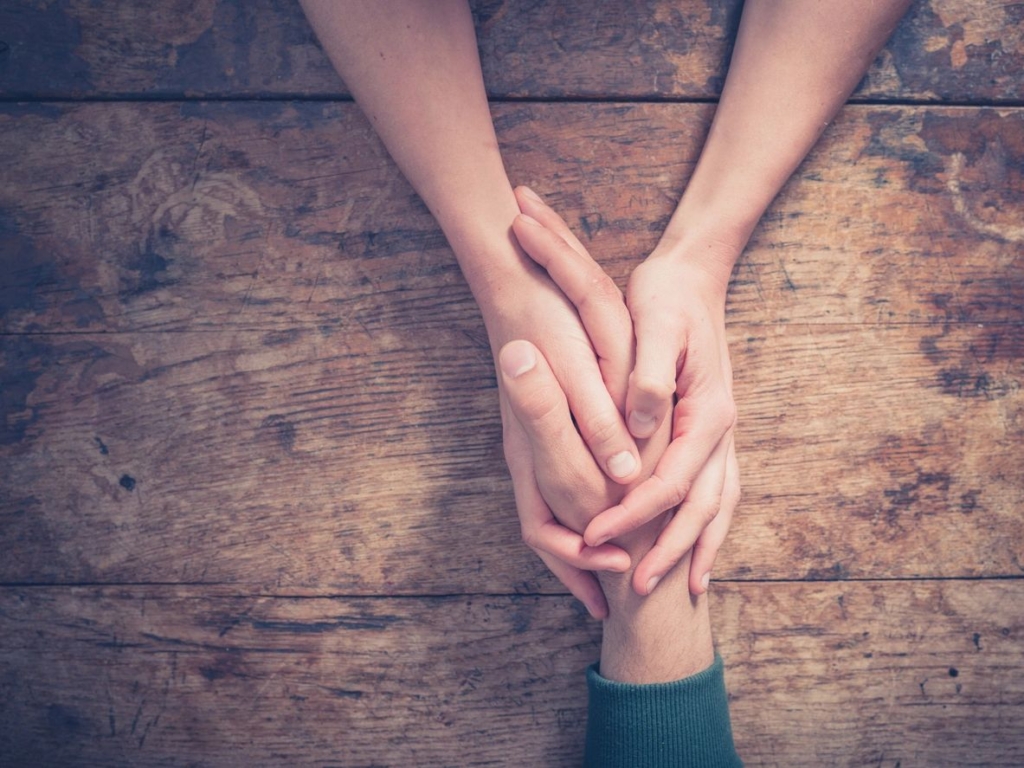
Sexual Assault Awareness Month is drawing to a close, but the work we do to prevent sexual violence and support survivors doesn’t have to end. In fact, this is just the beginning. Let’s resolve to talk about sexual assault more openly in the coming year, and pledge to do our part in creating a society that is safe and inclusive for everyone. We can start by learning more about the issue, so that we can be better allies to those who have experienced sexual assault. Together, we can make a difference! If you would like to stay informed of what we are sharing during Sexual Assault Awareness Month next year, please consider joining our “Stay in Touch” list. Thank you for your support!
As always, thanks for stopping by and spending a few minutes with us. Our goal is always to bring you value so that you have gained more knowledge, awareness or skills and you feel better off than before you got here!
To get on the V.I.P. list so you never miss any of the information we share click here now and we will get you on the list. For joining our community, we will share our 22-page guide on identifying needs and resources for your aging parents, spouse or adult special needs child.
Take care and we will see you back here soon.
Pam and Linda
Resources
https://www.cdc.gov/injury/features/sexual-violence/index.html
CDC’s Sexual Violence Prevention Resources
CDC’s webpage that contains sexual violence prevention resources.
CDC’s Dating Matters®: Strategies to Promote Healthy Teen Relationships
Dating Matters is a teen dating violence prevention model to stop teen dating violence before it starts.
Ralianceexternal icon
Raliance is a collaborative initiative dedicated to ending SV and is a resource for policymakers, advocates, service providers, prevention practitioners, and the media.
National Domestic Violence Hotlineexternal icon
Call 1-800-799-7233 and TTY 1-800-787-3224.
Love Is Respect National Teen Dating Abuse Helplineexternal icon
Call 1-866-331-9474 or TTY 1-866-331-8453.
Strong Hearts Native Helplineexternal icon
Call 1−844-762-8483.
CDC’s VetoViolence Facebook Page
https://www.rainn.org/articles/tips-talking-survivors-sexual-assault
9 Snyder, H. N. (2000). Sexual assault of young children as reported to law enforcement: Victim, incident, and offender characteristics. Washington, DC: U.S. Department of Justice, Office of Justice Programs, Bureau of Justice Statistics. Retrieved January 12, 2009 fromhttp://www.ojp.usdoj.gov/bjs/pub/pdf/saycrle.pdf
10 National Crime Victimization Survey, Statistic calculated by staff at Crimes against Children Research Center. 2002.
11 Greenfeld, L.A. (1997).
12 Sex Offenses and Offenders An Analysis of Data on Rape and Sexual Assault. U.S. Department of Justice, Office of Justice Programs, Bureau of Justice Statistics, NCJ-163392 12 Finkelhor, D. (2012). Characteristics of crimes against juveniles. Durham, NH: Crimes against Children Research Center.
13 Whealin, J. (2007-05-22). “Child Sexual Abuse”. National Center for Post Traumatic Stress Disorder, US Department of Veterans Affairs.

